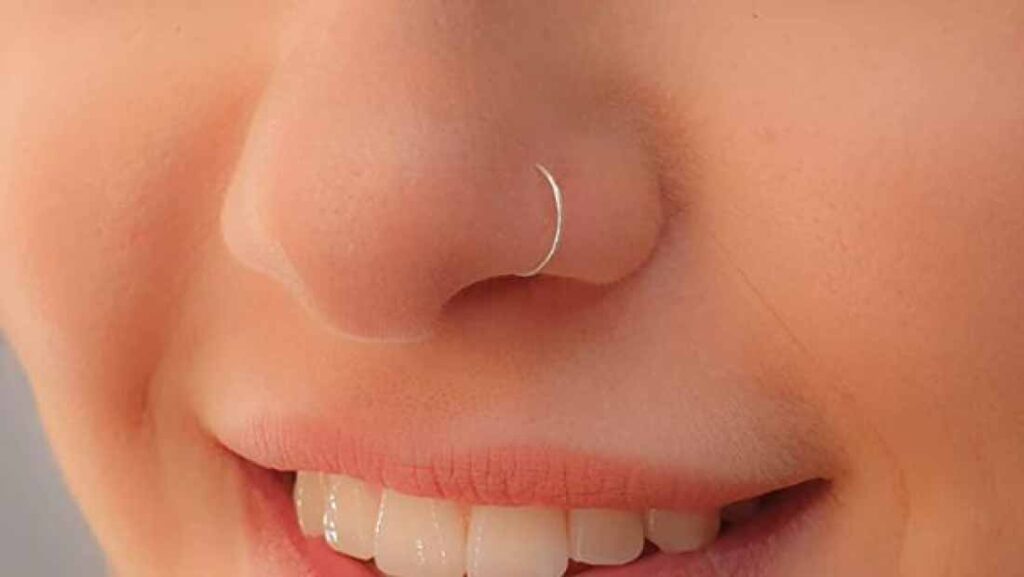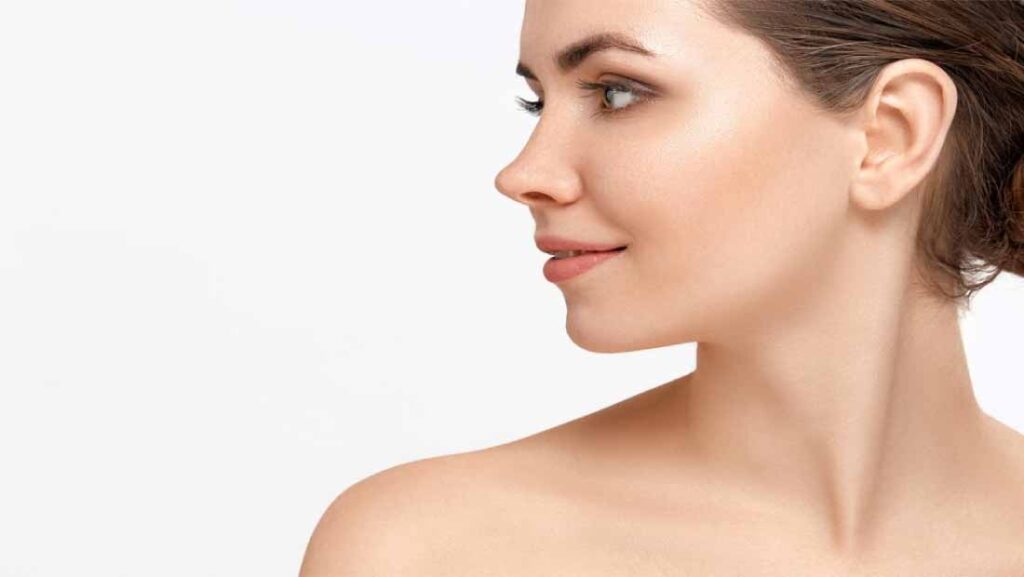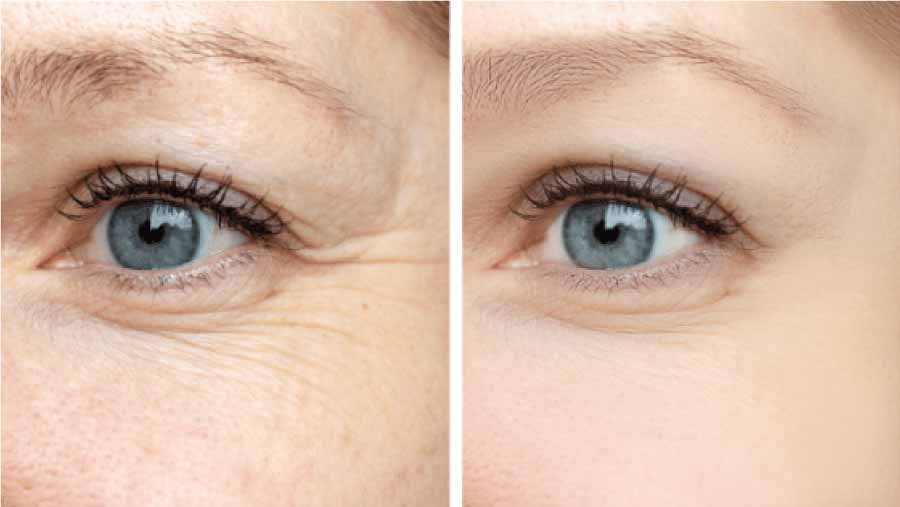Nose piercing is a popular form of body modification that has been practiced for centuries. Today, it is a form of personal expression and style, and has become a trend in modern culture. If you’re thinking about getting a nose piercing, it’s important to know everything there is to know about this process, from its history to its care and maintenance.
In this article, we’ll explore everything about nose piercing, from its origins to its daily care. We will provide you with useful information about the different types of jewelry, styles and precautions to take before getting one. Read on to get everything you need to know!
History of the nose piercing
Nose piercing dates back to ancient times, where it was practiced in many cultures as a way to adorn the body and symbolize affiliation to a tribe or clan. In India, nose piercing was a common tradition among married women and was considered a symbol of good luck and wealth. In Aztec culture, nose piercing was a sign of virility and courage.
Nose piercing was also common in some African cultures, where it was used as a symbol of rank and social status. In some cases, the piercings were so large that animal horns were placed through them.
Over time, nose piercing became popular in the West and became a form of fashion and personal style. In the 1970s, nose piercing became popular in hippie culture and has since been a common practice in fashion and alternative culture.
Types of nose piercings
There are several types of nose piercings you can choose from, depending on your personal tastes and preferences. Here are some of the most common types of nose piercing:
- Hoop piercing: The hoop piercing is placed on the bottom of the nose and looks like a ring surrounding the nostril. This type of piercing is popular with those who want a more eye-catching look.
- Nasal bone piercing: The nasal bone piercing is placed at the top of the nose, right on the split between the two nostrils. This type of piercing is popular because it is more discreet than the hoop piercing.
- Bridge piercing: The bridge piercing is placed on the top of the nose, on the bridge between the two nostrils. This type of piercing is more painful than the other types because it is placed in a more sensitive area.
Types of jewelry for nose piercing
Once you’ve decided what type of nose piercing you’d like, it’s important to choose the right type of jewelry. There are several types of jewelry for nose piercing, each with its own advantages and disadvantages. Here are some of the most common types of jewelry:
- C-shaped ring: The C-shaped ring is a popular choice for hoop piercing and septum piercing. It is easy to change and can be adjusted to fit perfectly to the shape of your nose.
- Straight bar: The straight bar is a popular choice for nasal bone piercing and bridge piercing. It is discreet and can be adjusted to fit the shape of your nose.
- Labret: Labret is a popular choice for nasal bone piercing. It is a straight bar with a flat base that sits on top of the nose.
- U-shaped screw: The U-shaped screw is a popular choice for nasal bone piercing and bridge piercing. It is easy to change and fits comfortably on the nose.
It is important to choose a jewelry that is comfortable and does not irritate your skin. It is also important to make sure that the jewelry is of high quality to avoid infections or allergic reactions.
Precautions before getting a piercing
Before getting a nose piercing, it’s important to take some precautions to ensure your safety and reduce the risk of infection or complications. Here are some helpful tips:
- Research the place: Be sure to research the place where you will get the piercing. Make sure it’s clean, well-lit, and uses sterile equipment. It is also important that the professional is experienced and has good reviews from other clients.
- Question about the process: Be sure to ask about the drilling process and any aftercare you need to do. Make sure you understand the healing process and normal healing symptoms to avoid any problems.
- Avoid self-medication: Do not take aspirin or other painkillers before the procedure, as they can increase bleeding. If you’re taking any medications, be sure to talk to your provider before getting your piercing.
- Avoid alcohol and tobacco: Avoid drinking alcohol or smoking tobacco before the procedure, as they can affect healing and increase the risk of infections.
- Take care of hygiene: It is important to keep the piercing area clean and dry. Wash the area with warm water and mild soap twice a day and avoid touching it with dirty hands.
FAQs about nose piercing
Is the piercing process painful?
The pain can vary from person to person, but is usually described as a sharp prick. The pain lasts only a few seconds and is bearable.
How long does it take for a nose piercing to heal?
The healing process can take 6 to 8 weeks for ring and nasal bone piercings and 2 to 4 months for septum and bridge piercings. It is important to follow the aftercare instructions to make sure it heals properly.
Can I wear makeup on the piercing area?
It is not recommended to wear makeup on the piercing area while it is healing, as it can clog pores and increase the risk of infections.
Can I swim while the piercing is healing?
Swimming in pools, hot tubs, or natural bodies of water while the piercing is healing is not recommended, as the water may contain bacteria that can cause infections.
What should I do if my piercing becomes infected?
If you notice signs of infection, such as redness, swelling or pus discharge, it’s important to see a doctor or piercing professional for treatment. Don’t try to treat the infection on your own, as it could get worse.
Conclusion
Nose piercing can be a way to express your personality and style, but it’s important to take precautions to ensure your safety and reduce the risk of complications. Be sure to choose a trusted spot and follow aftercare instructions to make sure your piercing heals properly. With the right jewelry and proper care, you can sport a beautiful and elegant nose piercing.


